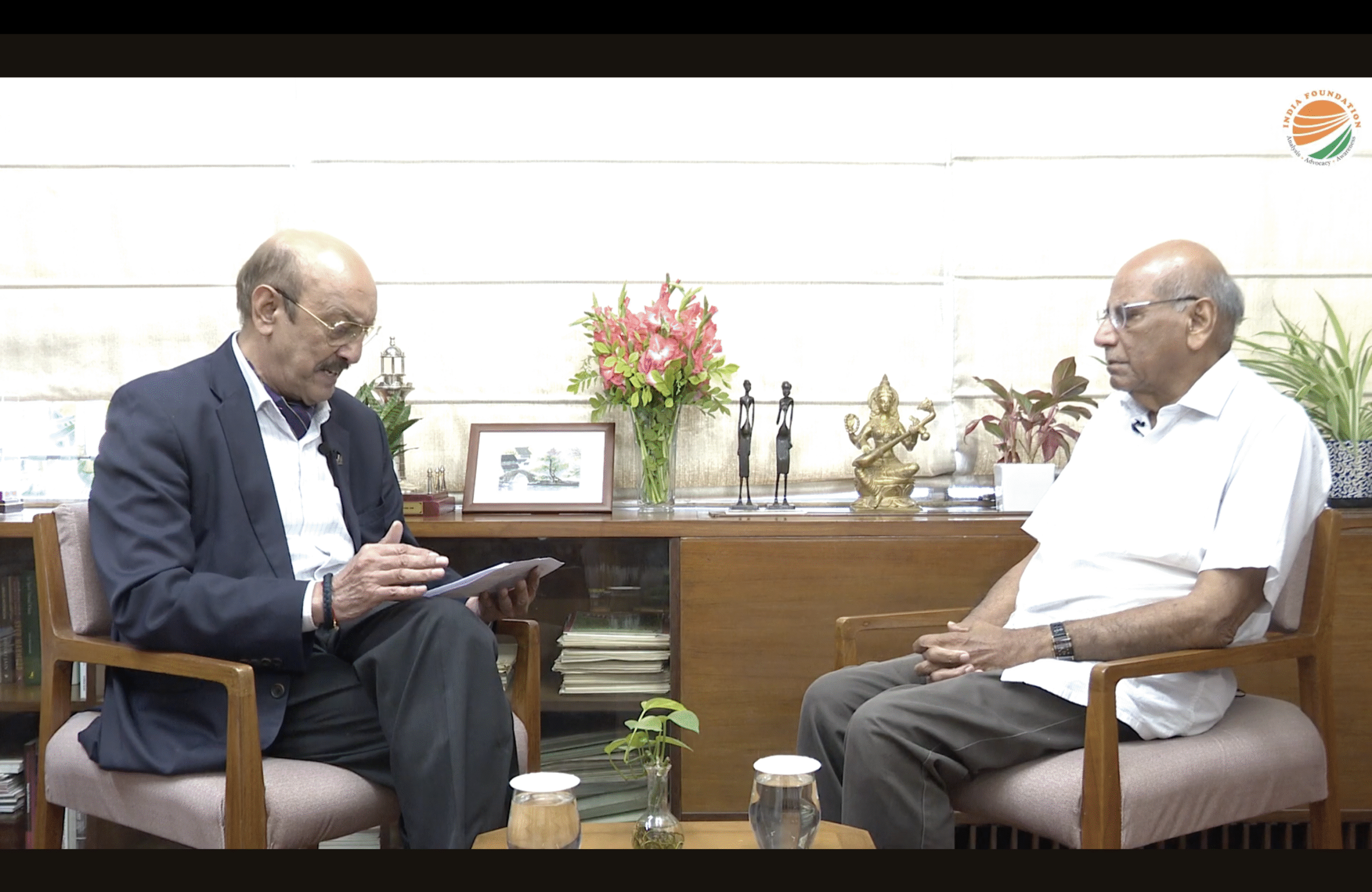~ By Sakshi Suri
The 2016-17 railway budget presented by Suresh Prabhu, Union Minister for Railways, pleases everyone from the common man to the business elites and environment activists. This ‘growth-oriented’ budget is a combination of popular schemes that prioritize customer experience and efficiency, along with new initiatives that align with PM Modi’s ‘Make in India’ aspirations to promote job creation and public-private sector collaboration.
Amongst other things, this no-tariff-hike budget has increased quotas for women and elderly travellers, promised Wifi connectivity at 400 stations by next year, initiated better catering services by expanding choice of cuisines offered on board, and implemented the ‘Swacch Bharat’ initiative by adding 17,000 bio-toilets and additional toilets in 475 stations before the close of this financial year. While there are several finer features of this budget that demand scrutiny, the key features of this year’s railway budget are highlighted below.
Railway Industry to act as India’s Growth Engine
Prabhu’s railway budget provides a huge boost to the ‘Make in India’ initiative by creating direct and indirect employment and business opportunities in the railway sector. The opening of two new locomotive factories with an order book of Rs. 40,000 crore will provide jobs for low-skilled workers, even as the ambitious plan to electrify 1,600 km of railway lines this year, and an additional 2,000 km next year will generate jobs for both, high-skilled engineers and low-skilled workers.
Additionally, the proposal to set up Wifi at 400 stations across India has paved the way for new partnerships between Indian and foreign companies: Google, a global tech giant and Railtel, an Indian PSU which owns pan-India fibre optic networks, have collaborated in order to provide wide coverage and high capacity internet services on several major stations, starting with the Mumbai Central station where testing has already concluded. Not only have such partnerships ushered in an era of unprecedented foreign investment, but the creation of jobs and exchange of ideas might also facilitate India’s transformation from a technological processing centre to a technological innovation hub.
In addition to luring foreign investors, Prabhu has favourably engaged domestic players to fund many of its commercially viable projects. The minister realistically understands that the Gross Budgetary Support (GBS) from the Finance Ministry is unlikely to meet all of Railway’s expectations, hence he has highlighted the need to depend on the External Budgetary Resources (EBR) for execution of capacity augmentation projects. LIC (Life Insurance Corporation of India) has agreed to invest Rs. 1.5 lakh crore over period of five years, and he is hopeful that other such projects can be executed through joint ventures with respective state governments. Co-operation between domestic players can be harder to achieve and manage, but it truly embodies the PM’s ‘Make In India’ vision by curtailing India’s dependence on international markets and circumstances.
Lastly, in addition to creating significant job opportunities through the implementation of the aforementioned projects, this year’s budget also supports ancillary business activity through the introduction of double-decker trains on business travel routes, and a special purpose vehicle built for the Ahmadabad-Mumbai high speed corridor. These initiatives buttress the government’s plan of furthering growth in the business sector, in addition to generating high revenues through increased fares of these special air-conditioned luxury trains.
Transparency and Regulations in Railways
Perhaps the most unique feature of this year’s budget is the government’s singular intention to introduce and enforce greater transparency within the railway sector. Prabhu’s pragmatic decision to create an independent railway regulator that decides tariffs and investment proposals is critical to winning the confidence of both domestic and international private investors who have previously been wary of corruption in government ranks. The Railway Minister is in the midst of finalizing the proposals for a proper overseeing mechanism and a draft bill can be expected after discussions with relevant stakeholders.
Accordingly, Prabhu has also encouraged the use of ‘social media’ to enhance transparency and access to citizens. This budget also aims to shift the entire recruitment process online to ensure greater visibility, transparency and fairness in the hiring process.
The minister has acknowledged the need to organize the Railways’ assets by en-cashing opportunities to monetize current assets. To this extent, the minister spoke about the creation of a holding company that will help to increase rail revenue by the right investments of its current assets, including the companies it owns. This clear, organized and transparent approach ensures that the Railways capitalize on all such opportunities that help to maximize revenue without burdening the end customer.
Safety, Security and the Environment
In his speech, Suresh Prabhu congratulated the Railways for a better safety record than last year (accidents are down 20% since last year), but added that more needs to be done. This year’s budget aims to eliminate all unmanned level crossings by the year 2020 and install CCTV cameras at all major stations through a phased approach.
The budget has also recognized the safety and security of women as one of its key goals: 33% reservation has been provided for women in the reserved categories in catering units, an All India 24/7 helpline number (182) has been launched for women to assault or harassment, and potential availability of baby food, hot milk and changing boards for young mothers has been announced in order to mitigate the difficulties faced by women travellers.
In the context of ensuring the safety of the planet, this budget has introduced several ground-breaking green initiatives including the installation of bio-toilets, LED lighting on stations, installation of solar micro-grids at remote railway stations, and timely energy audits that will help to check India’s carbon footprint.
Looking forward
This year’s pragmatic rail budget echoes the government’s intent to transform Railways as a crucial engine for economic growth that is capable of moving the nation towards a manufacturing economy. However, some questions about the feasibility and success of such cost-intensive projects loom large. Without a hike in fares, will the minister be able to justify the balance sheet of the railways, particularly in the face of a massive spending burden on account of 7th Pay Commission? The lower fuel cost and new sources of investments from private partners might help to alleviate some concerns, but would these adequately generate revenues of the order of Rs.1,84,820 crores, and increase the operating ratio to 92% as envisaged by the minister?
Overall, this year’s railway budget has plenty for everyone across all sections of society. The budget has potential to overhaul Indian railways through several small-stage and balanced reforms, rather than grandiose plans and enterprises. However, the fundamental challenge lies on the implementation-front, where the minister will have to walk a tight rope to balance finances with aspirations.
Sakshi Suri is a research intern at India Foundation. The views expressed are her own.



